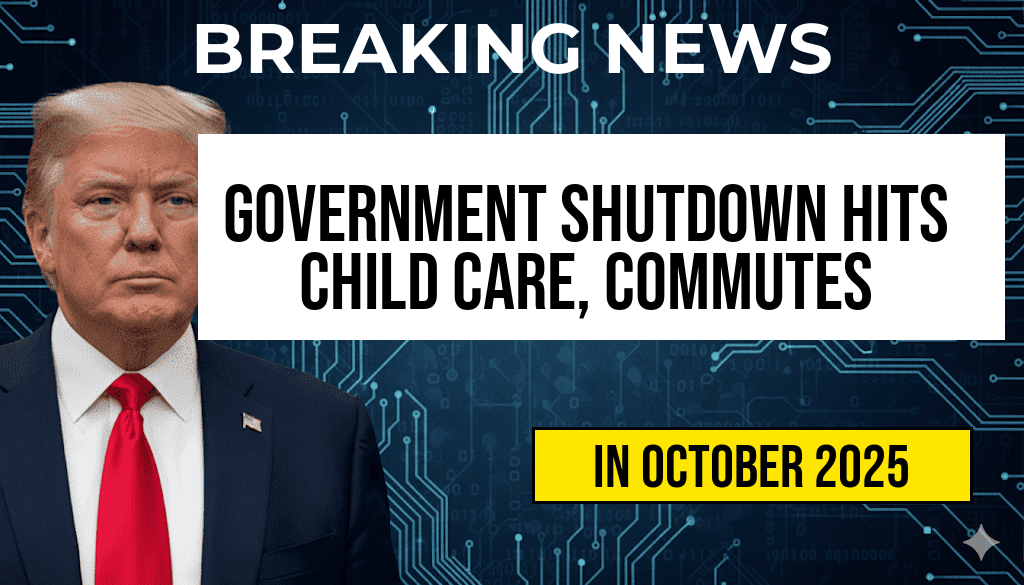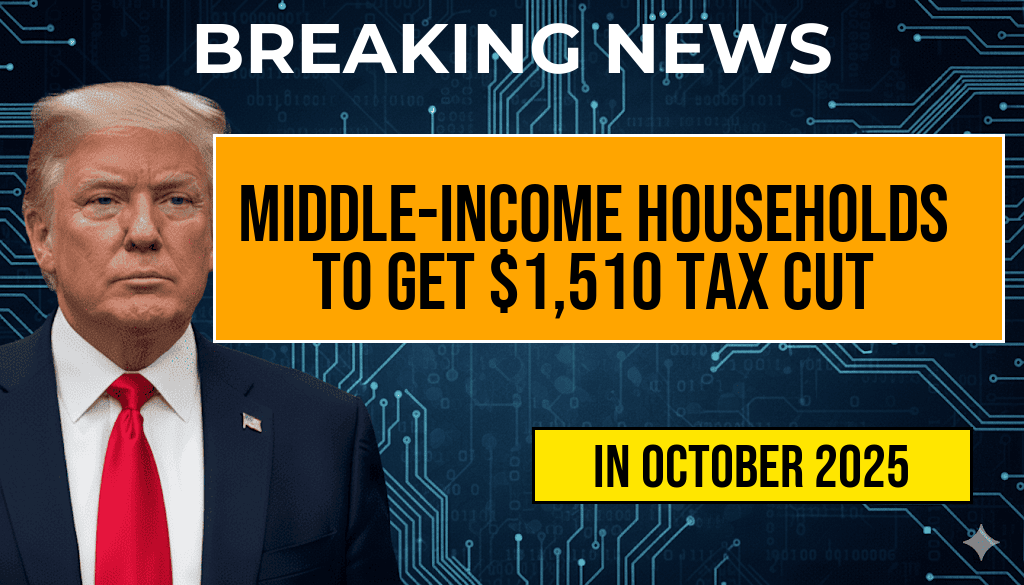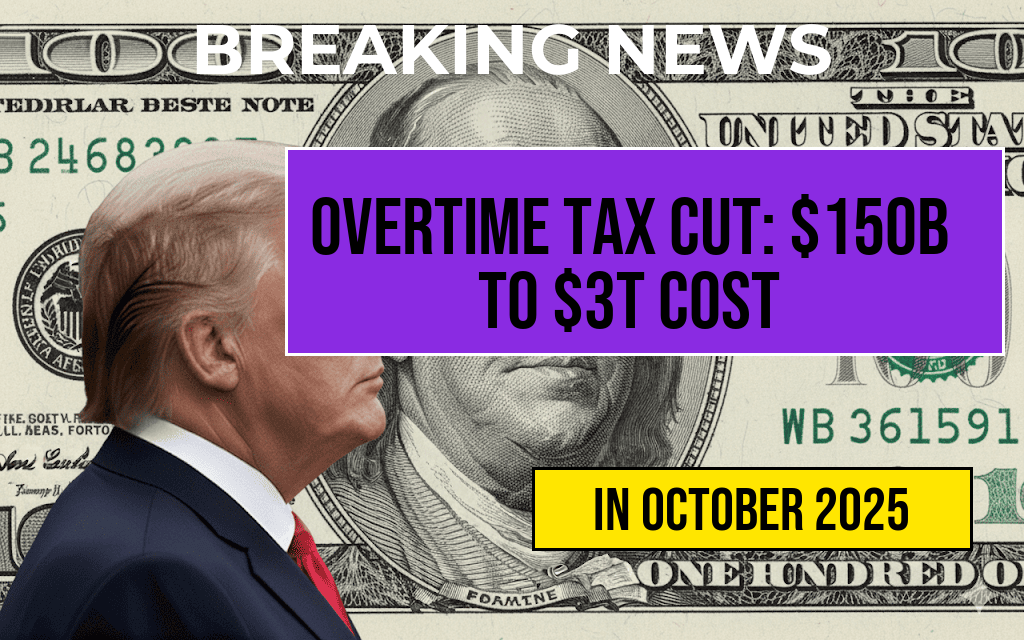Middle-income households in the United States are expected to benefit significantly from new tax reforms, with projections indicating an average tax cut of $1,510 for families earning between $50,000 and $100,000 annually. This change is part of a broader initiative aimed at stimulating economic growth and alleviating financial pressures on households that have been hit hard by inflation and rising costs. Analysts suggest that this reduction could provide much-needed relief, allowing families to allocate more funds towards essential expenses, savings, and investments. As the 2024 tax season approaches, both policymakers and taxpayers are closely watching these developments, which are likely to impact spending and overall economic performance in the coming year.
Details of the Tax Cuts
The projected tax cuts are a result of recent legislative efforts aimed at reforming the tax code to make it more equitable for middle-income earners. The new measures include an increase in the standard deduction and adjustments to tax brackets, which will reduce the overall tax burden for many families. Here are some key components:
- Increased Standard Deduction: The standard deduction is set to rise, allowing taxpayers to reduce their taxable income significantly.
- Revised Tax Brackets: Changes to tax brackets will ensure that middle-income earners pay a lower percentage of their income in taxes.
- Expanded Child Tax Credit: Families with children may see an increase in the child tax credit, providing further financial relief.
Economic Implications
The anticipated tax cuts are expected to have substantial economic implications. By providing additional disposable income to middle-income households, the government aims to boost consumer spending, which is a critical driver of the U.S. economy. Economists suggest that increased spending could lead to more robust growth, potentially offsetting some of the economic challenges posed by inflation.
Potential Impact on Consumer Behavior
With more disposable income, families may choose to spend on various necessities, including education, healthcare, and housing. This increase in spending could stimulate local economies and create job opportunities. Moreover, financial advisors recommend that households consider allocating a portion of their tax savings towards savings or retirement investments, which can provide long-term financial security.
Public Reception and Political Landscape
The reception of these tax reforms has been mixed across the political spectrum. While many middle-income families express optimism about the relief they will receive, some critics argue that the benefits may not be enough to address the broader issues of wealth inequality and economic disparity. Polls indicate that a significant portion of the public supports tax reforms that favor the middle class, emphasizing the need for policies that provide tangible benefits to everyday Americans.
Voices from the Community
Community leaders and financial experts have weighed in on the implications of these tax cuts. “This is a step in the right direction for families struggling to make ends meet,” said John Smith, a local economist. “However, it’s essential that these reforms are implemented effectively and that the savings reach the families who need them most.”
Looking Ahead
As the 2024 tax season approaches, it remains to be seen how these reforms will play out in practice. Taxpayers are encouraged to stay informed about changes to the tax code, including new filing requirements and deadlines. The IRS will release further guidance on the implementation of these tax cuts in the coming months, which will be crucial for taxpayers to understand how to maximize their benefits.
Resources for Taxpayers
For those seeking more information about the upcoming tax changes, the following resources may be helpful:
| Income Range | Average Tax Cut |
|---|---|
| $50,000 – $75,000 | $1,510 |
| $75,000 – $100,000 | $1,700 |
Frequently Asked Questions
What is the average tax cut projected for middle-income households?
The average tax cut projected for middle-income households is $1,510.
Who qualifies as a middle-income household?
A middle-income household typically refers to families or individuals whose income falls within a specific range defined by government standards, often based on regional cost of living and median income statistics.
When will these tax cuts take effect?
The exact date when these tax cuts will take effect will depend on legislative approval and the implementation timeline set by tax authorities.
How will these tax cuts impact the economy?
The projected tax cuts for middle-income households are expected to stimulate the economy by increasing disposable income, which may lead to higher consumer spending and improve overall economic growth.
Are there any additional benefits tied to these tax cuts?
In addition to the average $1,510 tax cut, there may be other benefits such as increased tax credits or deductions that could further enhance financial relief for middle-income households.











